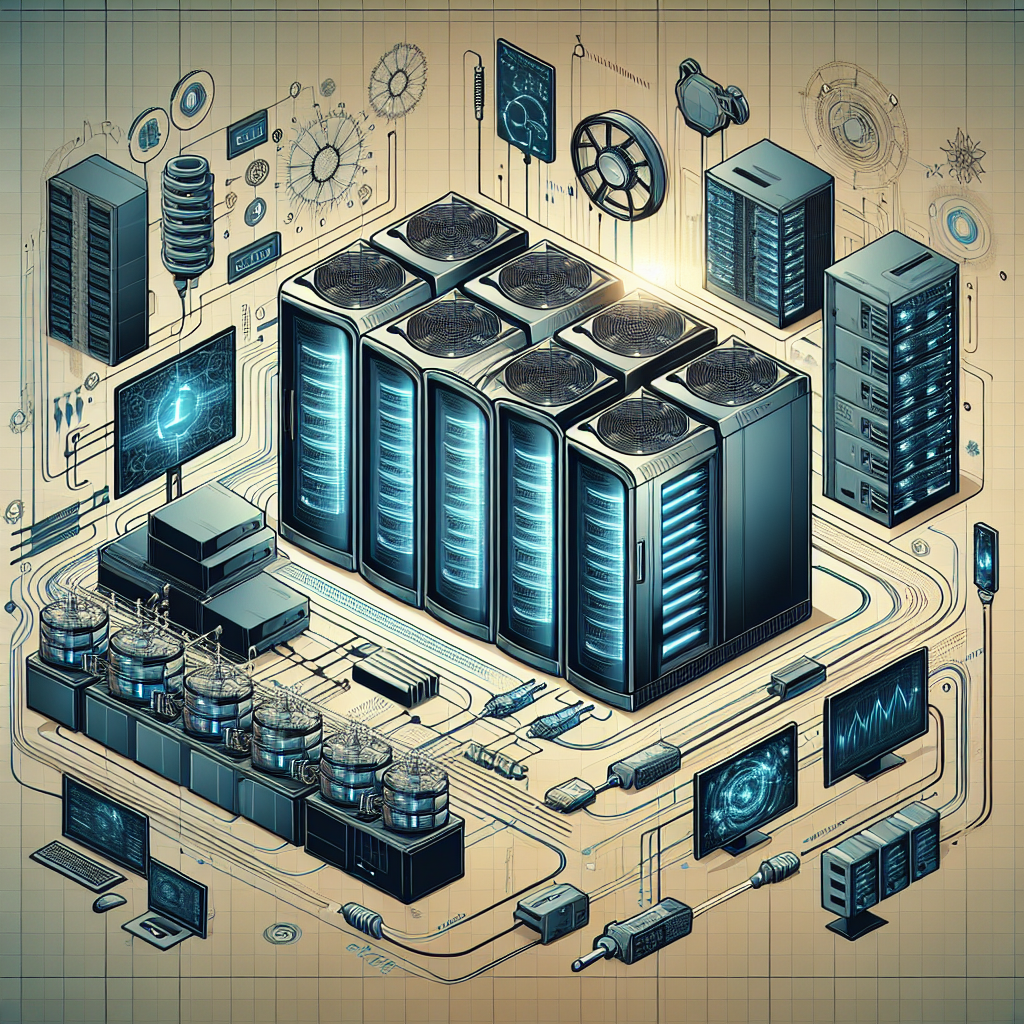Data centers are the backbone of modern technology, housing the servers and networking equipment that enable businesses and individuals to access and store data. With the increasing demand for data storage and processing power, data centers are constantly evolving to meet the needs of today’s digital world. One key aspect of data center infrastructure that is undergoing significant advancements is power distribution.
Emerging technologies in data center power distribution are revolutionizing the way data centers are designed and operated. These technologies are aimed at increasing efficiency, reliability, and scalability while reducing costs and environmental impact. Here are some of the key emerging technologies in data center power distribution:
1. Modular Power Distribution Units (PDUs): Traditional data center power distribution systems are often rigid and inflexible, making it difficult to scale up or down as needed. Modular PDUs, on the other hand, allow for easy customization and expansion of power distribution capacity. These units can be easily added or removed to meet changing power demands, making data center management more efficient and cost-effective.
2. High Voltage Direct Current (HVDC) Power Distribution: HVDC power distribution systems are becoming increasingly popular in data centers due to their higher efficiency and lower transmission losses compared to traditional alternating current (AC) systems. HVDC systems also allow for longer distance power transmission, making them ideal for large-scale data centers with multiple locations.
3. Power Usage Effectiveness (PUE) Optimization: PUE is a metric used to measure the energy efficiency of a data center, with lower values indicating higher efficiency. Emerging technologies such as advanced power management software and intelligent sensors are being used to optimize PUE by monitoring and adjusting power usage in real-time based on demand.
4. Lithium-Ion Batteries: Lithium-ion batteries are becoming a popular choice for backup power in data centers due to their higher energy density, longer lifespan, and faster recharge times compared to traditional lead-acid batteries. These batteries help ensure uninterrupted power supply during outages and reduce maintenance costs.
5. Renewable Energy Integration: With the increasing emphasis on sustainability and reducing carbon emissions, data centers are incorporating renewable energy sources such as solar and wind power into their power distribution systems. This not only reduces reliance on fossil fuels but also helps lower operating costs in the long run.
6. Edge Computing Power Distribution: Edge computing is a decentralized computing model where data processing is done closer to the source of data generation, reducing latency and improving performance. Emerging technologies in edge computing power distribution focus on delivering power efficiently to distributed edge data centers and ensuring seamless connectivity between them.
In conclusion, emerging technologies in data center power distribution are driving innovation and efficiency in the way data centers are powered and operated. By adopting these technologies, data center operators can improve reliability, scalability, and sustainability while reducing costs and environmental impact. As the demand for data storage and processing continues to grow, staying ahead of the curve with cutting-edge power distribution solutions will be crucial for the success of data centers in the future.


Leave a Reply